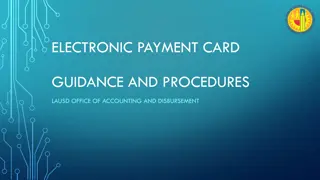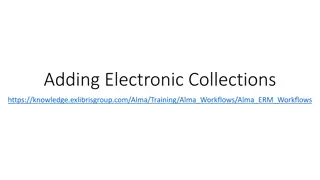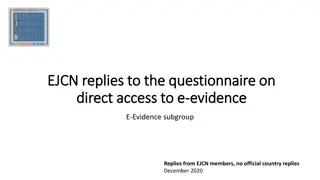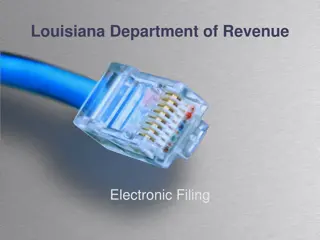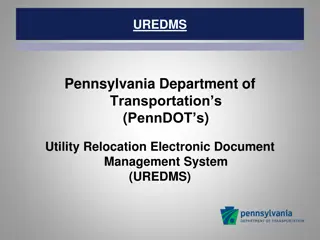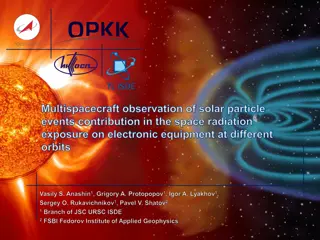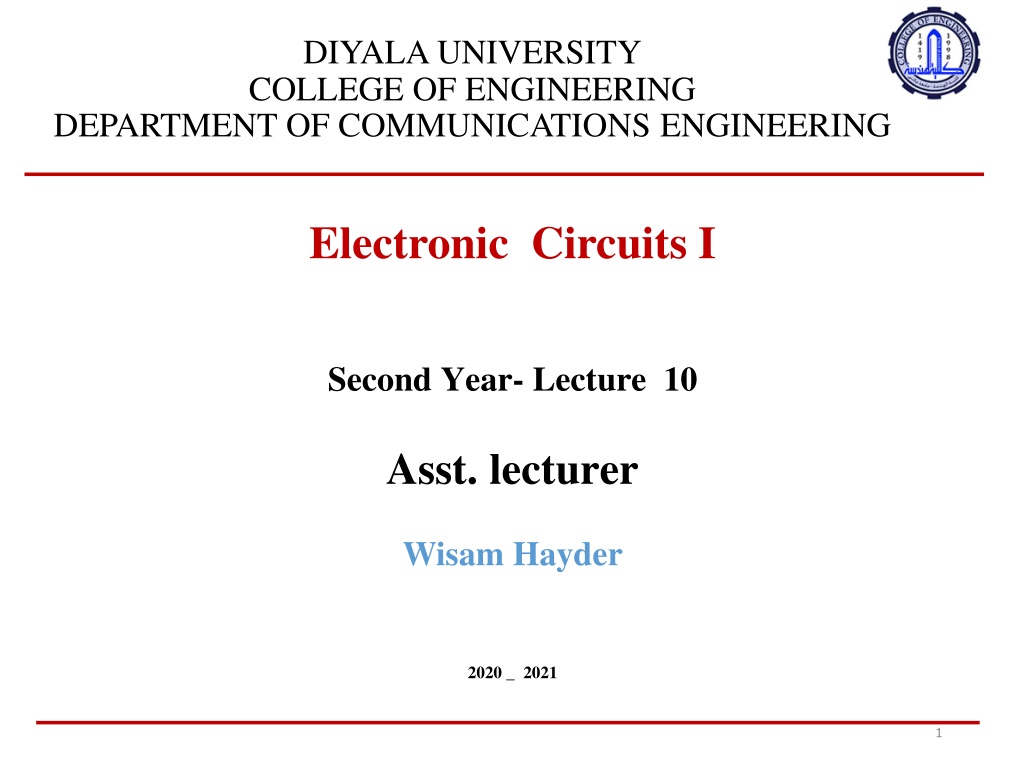
Field-Effect Transistors: FETs vs. BJTs Overview
Explore the similarities and differences between Field-Effect Transistors (FETs) and Bipolar Junction Transistors (BJTs) in the context of amplifiers, switching devices, and impedance matching circuits. Learn about the unique characteristics of FETs being voltage-controlled devices with high input impedance, compared to BJTs as current-controlled devices with higher gains. Understand the construction and operation of Junction Field-Effect Transistors (JFETs) and their operating characteristics in electronic circuits.
Download Presentation

Please find below an Image/Link to download the presentation.
The content on the website is provided AS IS for your information and personal use only. It may not be sold, licensed, or shared on other websites without obtaining consent from the author. If you encounter any issues during the download, it is possible that the publisher has removed the file from their server.
You are allowed to download the files provided on this website for personal or commercial use, subject to the condition that they are used lawfully. All files are the property of their respective owners.
The content on the website is provided AS IS for your information and personal use only. It may not be sold, licensed, or shared on other websites without obtaining consent from the author.
E N D
Presentation Transcript
DIYALA UNIVERSITY COLLEGE OF ENGINEERING DEPARTMENT OF COMMUNICATIONS ENGINEERING Electronic Circuits I Second Year- Lecture 10 Asst. lecturer Wisam Hayder 2020 _ 2021 1
Field-Effect Transistors FETs vs. BJTs Similarities: Amplifiers. Switching devices. Impedance matching circuits. Differences: FETs are voltage controlled devices. BJTs are current controlled devices. FETs have a higher input impedance. BJTs have higher gains. FETs are less sensitive to temperature variations and are more easily integrated on ICs. FETs are generally more static sensitive than BJTs. 2
Field-Effect Transistors For the FET an electric field is established by the charges present, which controls the conduction path of the output circuit without the need for direct contact between the controlling and controlled quantities. 3
Field-Effect Transistors JFET Construction There are two types of JFETs n channel p channel The n-channel is more widely used. There are three terminals: Drain(D) and Source (S) are connected to the n-channel Gate (G) is connected to the p -type material. 6
Field-Effect Transistors JFET Operation: The Basic Idea JFET operation can be compared to a water spigot. The source of water pressure is the accumulation of electrons at the negative pole of the drain-source voltage. The drain of water is the electron deficiency (or holes) at the positive pole of the applied voltage. The control of flow of water is the gate voltage that controls the width of the n-channel and, therefore, the flow of charges from source to drain. 7
Field-Effect Transistors JFET Operating Characteristics There are three basic operating conditions for a JFET: ???= 0, ???increasing to some positive value ???< 0, ???at some positive value Voltage-controlled resistor. 8
Field-Effect Transistors JFET Operating Characteristics: ???= 0 V Three things happen when ???= 0 and , ??? is increased from 0 to a more positive voltage The depletion region between p-gate and n-channel increases as electrons from n- channel combine with holes from p-gate. Increasing the depletion region, decreases the size of the n-channel which increases the resistance of then-channel. Even though the n-channel resistance is increasing, the current (??) from source to drain through the n-channel is increasing. This is because ???is increasing. 9
Field-Effect Transistors JFET Operating Characteristics: Pinch Off If ???= 0 and ???is further increased to a more positive voltage, then the depletion zone gets so large that it pinches off the n-channel. This suggests that the current in the n-channel ( ??) would drop to 0A, but it does just the opposite as ???increases, so does ??. 10
Field-Effect Transistors JFET Operating Characteristics : Saturation At the pinch-off point: Any further increase in ??? does not produce any increase in ??. ???at pinch-off is denoted as Vp. ??is at saturation or maximum. It is referred to as ????. The ohmic value of the channel is maximum. 11
Field-Effect Transistors As ???becomes more negative, the depletion region increases. As VGS becomes more negative: (Fig.6.11) The JFET experiences pinch-off at a lower voltage (??). ??decreases (??< ????) even though ??? is increased. Eventually (??reaches 0 A. ???at this point is called ?? or ???(off).. Also note that at high levels of ???the JFET reaches a breakdown situation. ??increases uncontrollably if ???> ???max. 12
Field-Effect Transistors JFET Operating Characteristics: Voltage-Controlled Resistor The region to the left of the pinch-off point is called the ohmic region. The JFET can be used as avariable resistor, where VGS controls the drain- source resistance (??). As ??? becomes more negative, the resistance (??) increases. 13
Field-Effect Transistors N _Channel AND P_ Channel JFET Symbol 14
Field-Effect Transistors JFET Transfer Characteristics The transfer characteristic of input-to-output is not as straightforward in a JFET as it is in a BJT. In a BJT, ? indicates the relationship between ?? (input) and ??(output). In a JFET, the relationship of ???(input) and ??(output) is a little more complicated 15
Field-Effect Transistors JFET Transfer Curve This graph shows the value of ??for a given value of ???. 16
Field-Effect Transistors Fet biasing 17



